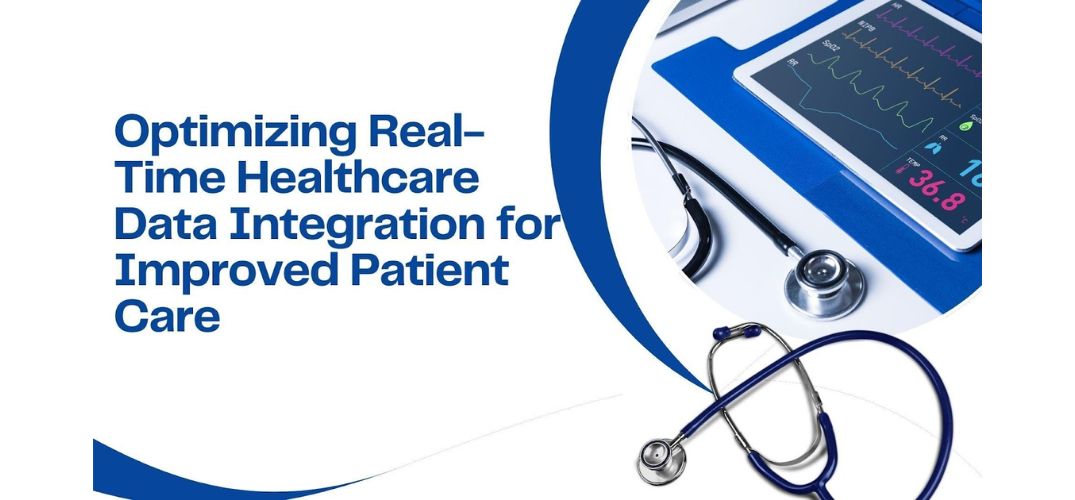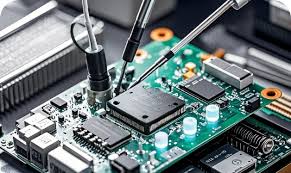In this modern era, real-time healthcare data integration has become crucial for enhancing patient care, streamlining clinical workflows, and improving operational efficiency. With the growing digitization of healthcare systems, organizations are focusing on improving data integration while ensuring robust cybersecurity, data privacy, and compliance. Avinash Mavireddi explores the importance of scalable data integration in modern healthcare, highlighting its significant role in enhancing patient outcomes, reducing administrative burdens, and optimizing healthcare delivery, all while adhering to complex regulatory standards.
The Critical Role of Real-Time Data Integration
Real-time data integration has revolutionized healthcare by enabling clinical decision support systems (CDSS) and integrated health information exchange (HIE) networks. Research indicates that healthcare organizations utilizing AI-enhanced data integration report a 42% improvement in workflow efficiency and a 31% reduction in diagnostic errors. This real-time data empowers healthcare providers to make quicker, more accurate decisions, particularly in emergency and intensive care units, where timely interventions can be the difference between life and death.
By processing vast amounts of patient data in real time, integrated systems enhance clinical decision-making, helping healthcare professionals respond to evolving patient needs swiftly. The seamless flow of information across departments reduces delays in care delivery, which improves overall patient outcomes, enhances operational efficiency, and increases patient satisfaction. This connectivity allows for better coordination of care, ultimately contributing to a more efficient healthcare system that meets the demands of both patients and clinicians.
Operational and Financial Benefits
Beyond enhancing patient care, real-time data integration offers significant operational and financial advantages. Healthcare systems that utilize integrated data solutions report substantial cost savings due to improved efficiency. Automated data integration reduces documentation time and administrative tasks, enabling healthcare providers to spend more time on patient care. For example, hospitals have saved millions annually by eliminating redundant procedures and streamlining workflows.
Automated systems also cut clinician documentation time by 4.2 hours per week, resulting in considerable labor cost savings. By optimizing resource utilization, these systems reduce duplicate tests and improve patient throughput, leading to further cost savings for healthcare providers. This improved efficiency not only reduces operational costs but also ensures that patients receive more timely and effective care.
Overcoming Cybersecurity and Compliance Challenges
As healthcare organizations integrate more data into their systems, ensuring security and privacy of sensitive patient information becomes a major challenge. Compliance with regulations like HIPAA is essential for maintaining trust and avoiding penalties. Healthcare organizations must ensure their systems are accessible, while also safeguarding patient privacy.
Modern data integration systems have adopted advanced cybersecurity measures to protect electronically protected health information (ePHI). Multi-layered security architectures, including role-based access controls (RBAC) and multi-factor authentication (MFA), help prevent security incidents. Automated compliance monitoring tools help healthcare organizations detect and address potential breaches promptly, ensuring regulatory compliance.
Encryption and secure key management systems further protect patient data, ensuring security and compliance with privacy regulations. This focus on security and compliance is essential as healthcare systems become increasingly interconnected and more vulnerable to cyber threats.
Scalability and Performance Optimization
As healthcare systems grow and handle larger data volumes, scalable integration solutions become vital. Healthcare organizations are adopting open architectures, like lakehouses, to improve data processing and eliminate data silos. These solutions allow for the real-time processing of diverse data types, helping healthcare providers access and analyze patient data efficiently.
Performance optimization ensures that systems can scale to accommodate growing demands without sacrificing response time. Microservices architectures and event-driven processing enable dynamic scaling, ensuring system availability and reliability, especially during busy periods. This scalability allows healthcare organizations to meet the needs of their expanding patient base while maintaining high performance.
In conclusion, Avinash Mavireddi highlights that real-time data integration is key to the future of healthcare. By implementing scalable, secure, and efficient integration systems, healthcare organizations can improve patient care, reduce operational costs, and ensure regulatory compliance. These systems not only streamline clinical workflows but also enhance decision-making and patient outcomes. As the healthcare sector continues to evolve, the insights gained from successful data integration solutions will guide organizations in achieving operational excellence, fostering innovation, and delivering higher-quality care to patients.



































